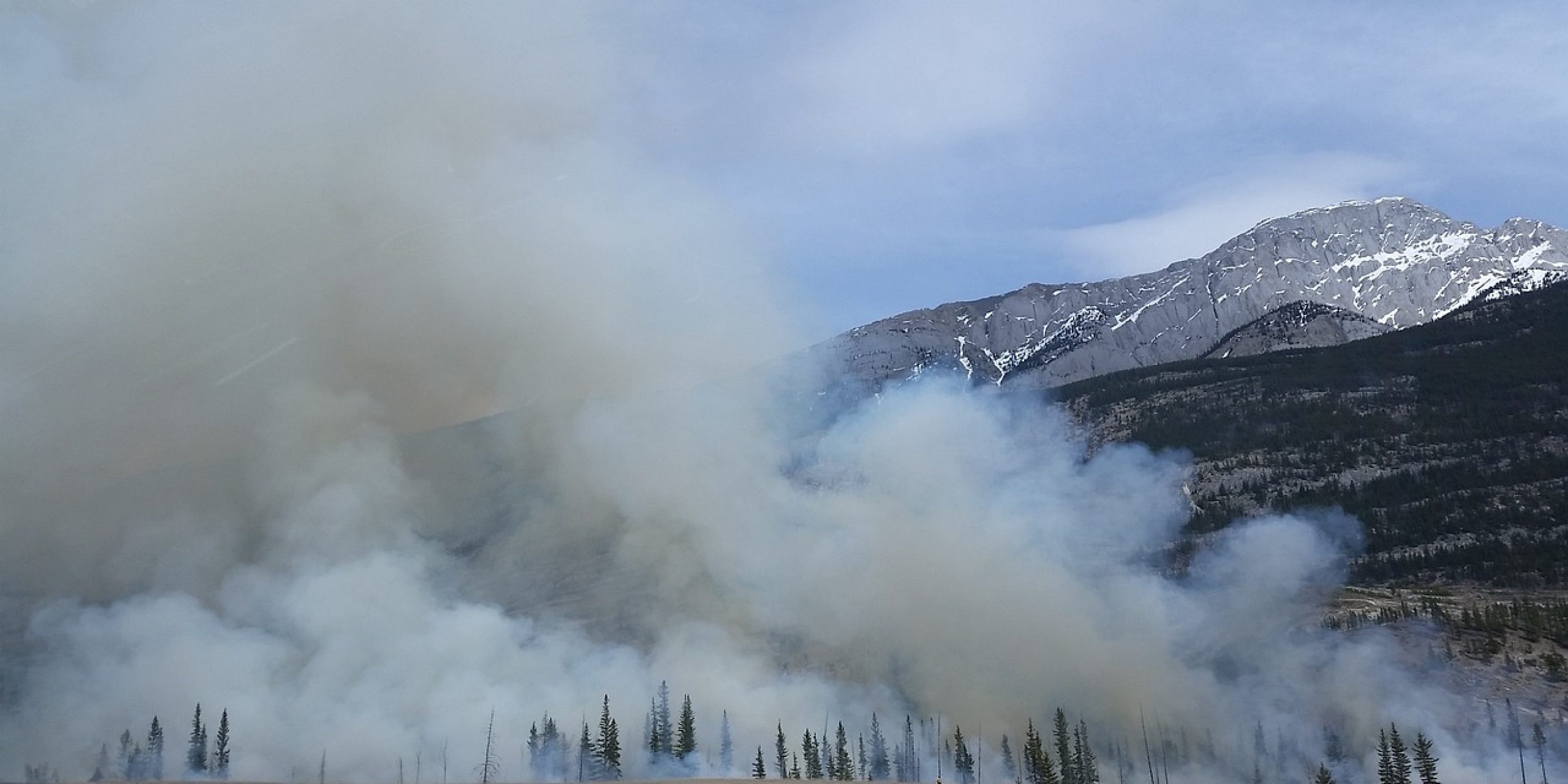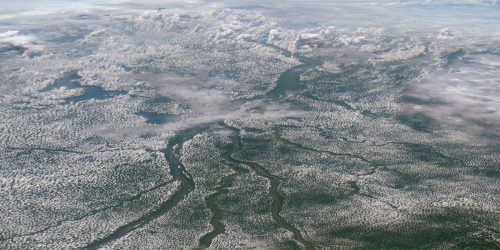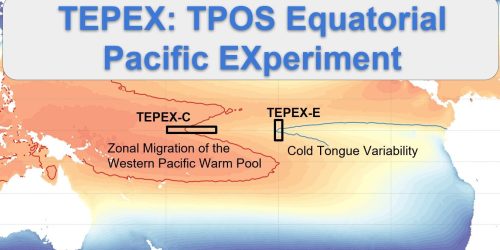Fine particulate matter (PM2.5) are small pollutant particles that are less than 2.5 micron in size. These pollutants remain suspended in the atmosphere and are inhalable and detrimental to human health. Most of these pollutants are primarily emitted by anthropogenic activities, but have been decreasing since 2000 in most areas of the US except the northwest. This increasing trend is primarily due to an increase in particles made out of carbon and organic matter, which offset a decreasing trend of sulfate and nitrate particles.
Droughts in this region are major drivers for wildfires, which emit a significant amount of harmful air pollutants. As droughts, and thus wildfire risk, become more frequent with the trend of climate warming, it is important to be able to predict how these phenomena will impact pollution in the future. A recent study, funded in part by the Climate Program Office’s Atmospheric Chemistry, Carbon Cycle and Climate (AC4) Program, uses a drought index, a dataset designed to take into account both precipitation and evapotranspiration to determine the likelihood of drought, to explore the relationship between PM2.5 and drought across the continental US. An international group of researchers, including AC4-supported scientists Yuxuan Wang and Jun Wang, confirm that the pollution increase observed in the northwest US is driven by drought-induced wildfires, and quantify the specific pollutant contributions. The impact of drought and wildfire on PM2.5 pollution in other regions of the US is not significant. These results, published in JGR Atmospheres, highlight the potential to use drought index as a forecasting tool rather than modeling. This work is supported by AC4 in an effort to explain trends, patterns and extremes detectable in existing long-term observational records.










